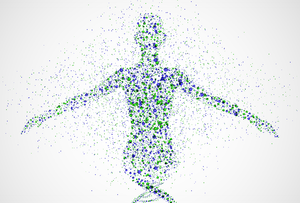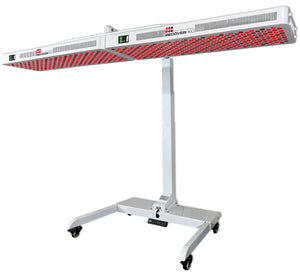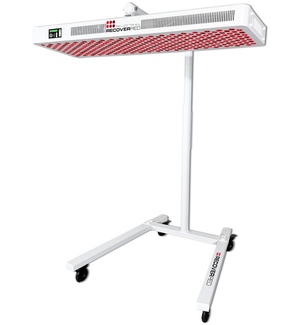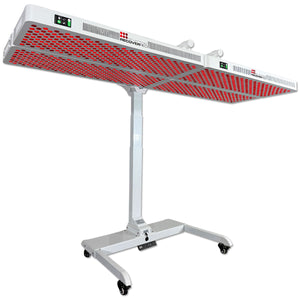It sounds like a wild claim, but could it be true? It might sound too good to be true, but there is a kernel of truth to this idea.
In this blog post, we'll explore the Science behind this claim and discuss the implications of this phenomenon. You may be surprised to learn how much of your body is replaced yearly. So, read on to find the answer to the question:
Full-Body Red Light Therapy Gives Your Cells The Energy They Need to Re-produce.
The Birth of a Cell
To gain insight into how frequently cells in the body are replaced, it is necessary to understand how cells are produced in the first place. Cellular production can take two forms: firstly, cells can divide through a process called mitosis, where the parent cell is split into two new daughter cells, identical to the original; and secondly, stem cells, which exist in smaller numbers in the body, can create clones of themselves by mitosis and form specialized cells such as blood and nerve cells which are unable to replicate themselves. To maintain an appropriate cell population, some existing cells must die off. The concept of your body replacing its components every seven years has become popular. It's thought that, in the span of this time, every part of you - from your eyelashes to your esophagus - has been replaced by new cells produced by the ongoing cellular activity. However, while it's true that some organs and systems are refreshed in just a few months, others stay the same from birth.
Cellular Differences
Olaf Bergmann, a principal researcher from the Karolinska Institute's Department of Cell and Molecular Biology in Stockholm, Sweden, reported to Live Science that the skin and gut regenerate quickly, most likely within a few months. His recent study, published in the journal Cell Systems, examined liver tissue through radiocarbon dating and discovered that most liver cells are regenerated within three years, a slower process than the skin and gut. Regarding other organs and systems, heart cells renew much slower, falling behind the 7-year cutoff. Cardiomyocytes, which are responsible for the contracting force of the heart, are exchanged at only a 40% rate during a person's lifetime. Similarly, according to the New York Times, skeletal cells take around 10 years to regenerate an entire skeleton. In the brain, cell renewal is incredibly sluggish. A 2013 study in Cell revealed that 1.75% of the neurons in the hippocampus are renewed annually. Some types of neurons in the striatum also regenerate, according to a 2014 Cell study. However, some neurons remain with a person for their entire life, and even those that can be replaced are not completely rejuvenated but instead only partially.
Our skin, gut, and liver cells may remain relatively youthful, yet the body does not; our biological age progresses, regardless of how "young" our cells may be. This reveals why we don't stay young forever - it's because of our body's overall response to the passage of time.
Bergmann noted that as our organs replenish their cells, the effects of aging still persist due to alterations in the replicated cells, such as mutations. Through cell replication, the DNA is continuously divided and replicated; but with time, inaccuracies can occur. Mutations can accumulate and alter the functioning of a cell or the activation of specific genes. Thus, despite having newly generated cells, the ancient, oft-replicated DNA causes us to feel the toll of the passing years.
How Full-Body Red Light Therapy Turbo Charges Your Cells Regeneration.
Red light therapy helps the body produce a type of energy called ATP (adenosine triphosphate). ATP is a molecule that helps cells produce energy and is essential for the proper functioning of many biological processes. It can promote the production of nitric oxide, a molecule that helps regulate circulation, lowers inflammation, and improves the oxygen-carrying capacity of your blood.
Treatments require no discomfort or downtime. During the treatments from our devices, red light is evenly applied over the Entire Body Surface, stimulating the cells to regenerate. Red Light Therapy is one of the most enjoyable and natural treatments, We know you’ll love it once you try it!
Check out our Most Versatile Full- Body Red Light Therapy Device: The Core





